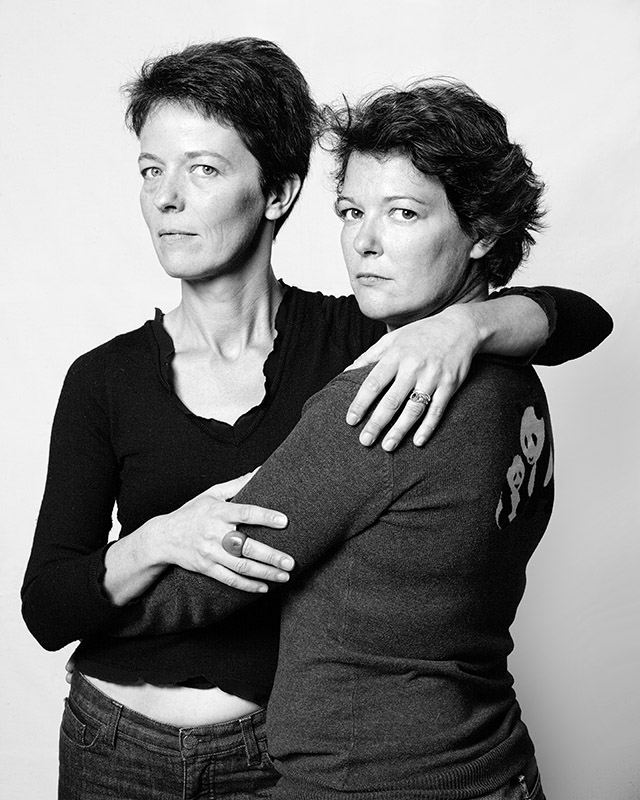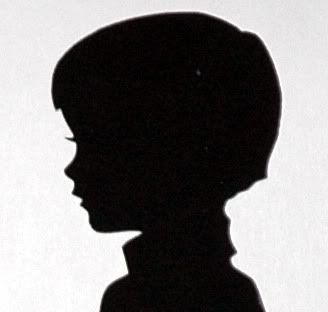There are many innovative, (and unconventional) ways to display art.
Such as this one. I love the simplicity; each piece is matted to match the artwork. Attaching it to white foam core boards keeps it uniform.
You can display art creatively on any budget; using protectors sleeves that have a solid background.
I love this one. Can you see why?
What other ways do you display art?




































